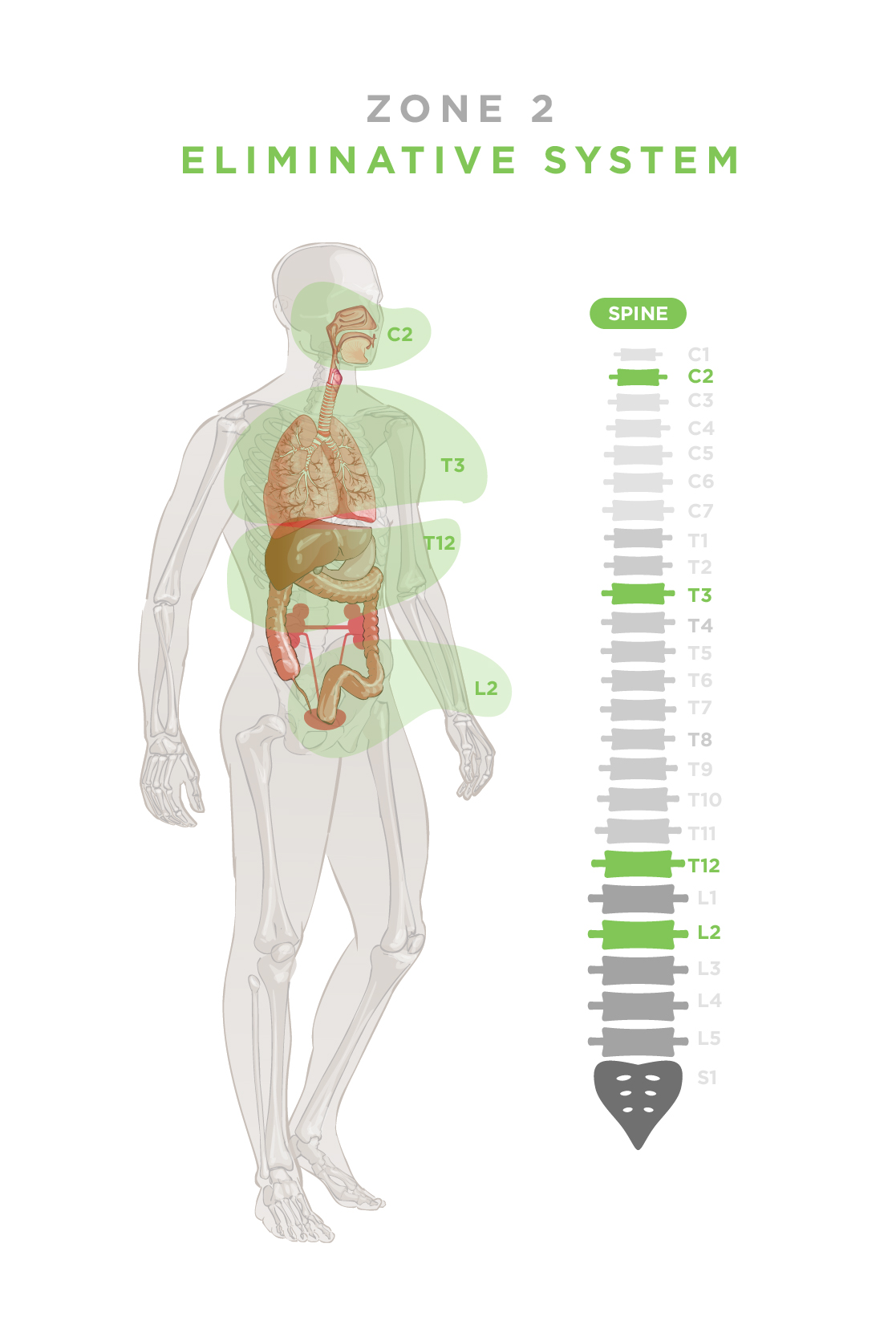

4,8–18 Apart from SWCNTs stabilized by confinement, no freestanding ultranarrow carbon tubes have been observed so far. 4 One of the most important structural parameters characterizing carbon nanotubes is their diameter typically ranging from ∼0.3 to tens of nanometers. Introduction Carbon nanotubes 1–5 together with fullerenes 6 and graphene, 7 new allotropes of ordered carbon, have attracted enormous attention 1,2,6 causing a “golden rush” in nanotechnology. For the first time, the Raman properties of SWCNTs were also determined using the Cartesian coordinate tensor (CCT) transfer technique, thus providing reasonable frequencies of Raman active bands for long tubes consisting of 10 bamboo-units. Calculated RBM frequencies of cyclacenes match closely the values for longer SWCNT models but are too inaccurate in the case of the G-mode. Raman features were also determined for cyclacenes representing the shortest models of SWCNTs. The experimental G-mode characteristics were reasonably well reproduced using the 4-unit model, especially for tubes with the diameter d > 1 nm. The changes in calculated RBM frequencies with increasing diameter were close to values estimated using empirical formulas. Predicted Raman active radial breathing mode (RBM) vibrational frequencies regularly decreased upon increasing the nanotube diameter and only a negligible effect of the tube length was observed. Highly systematic changes of individual CC bond lengths and angles along the nanotube axis were observed and described for the longest models. Models of different lengths (1, 4, 6 and 10 adjacent bamboo-units) of zigzag ( n, 0) SWCNTs, for n ranging from 5 to 15, were studied. Structural and selected Raman features of pristine single-walled carbon nanotubes (SWCTNs) with diameters from 0.4 to 1.2 nm and total lengths up to 2.15 nm were studied using the density functional theory (DFT) at the UB3LYP/6-31G* level.


 0 kommentar(er)
0 kommentar(er)
